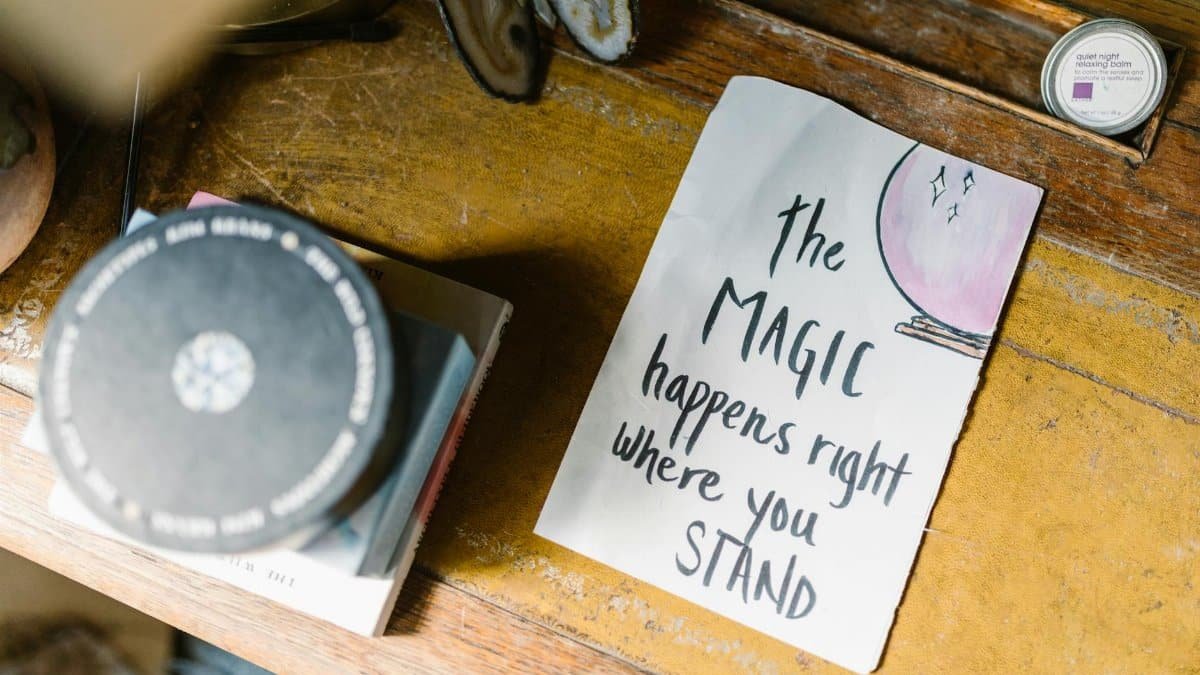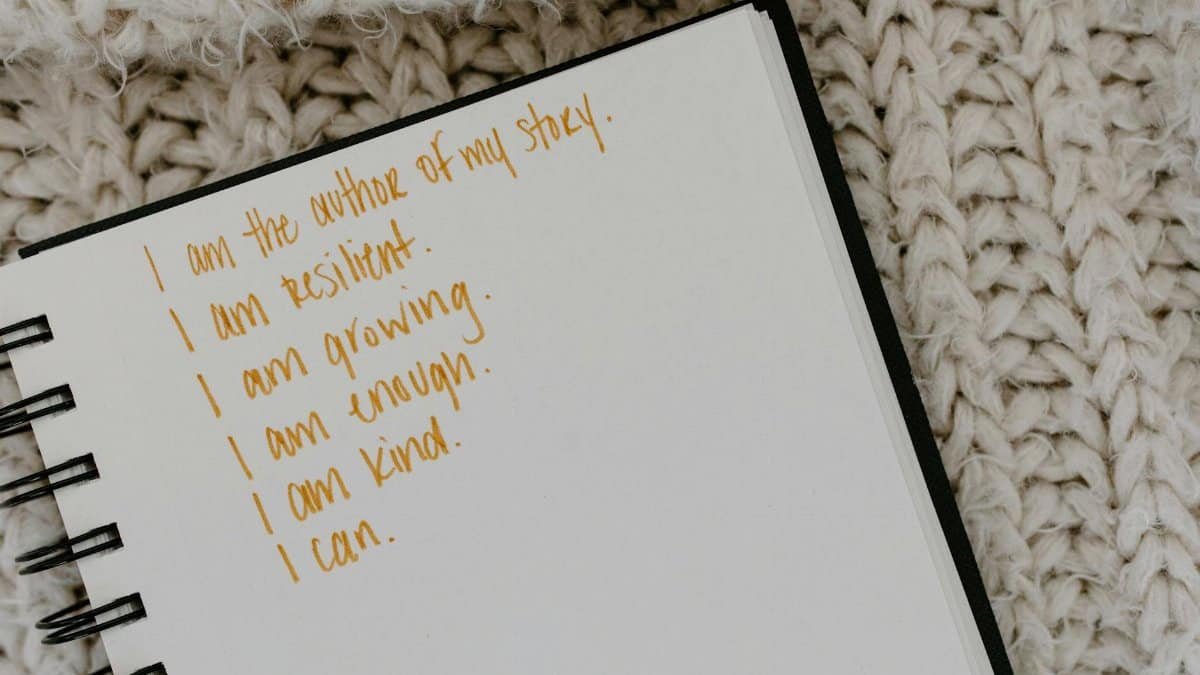In a nation where stress levels are skyrocketing, a recent report from the American Psychological Association reveals that 77% of Americans experience physical symptoms caused by stress, up from previous years. This surge underscores a growing need for effective coping strategies amid demanding work lives and constant connectivity. Enter mind habits—simple, intentional practices that rewire our thinking patterns to foster calm. Far from fleeting trends, these habits draw on time-tested techniques backed by science, offering a lifeline for those juggling midlife responsibilities like careers, families, and health concerns. As we navigate 2025’s uncertainties, adopting such routines could transform daily overwhelm into moments of genuine peace. This article explores eight mind healing habits tailored for relaxation, with a special nod to the second one, which directly targets stress relief through proven methods.
1. Embrace Mindful Breathing

Start with the basics: mindful breathing. This habit involves focusing on each inhale and exhale, anchoring the mind to the present. Imagine a busy parent in a bustling kitchen, pausing amid the chaos to draw a slow breath, feeling the air fill their lungs and release tension with every outflow. It’s not about escaping reality but grounding in it. Research from the National Center for Biotechnology Information shows that even short sessions can lower cortisol levels, the hormone tied to stress. For middle-aged readers facing deadlines or family pressures, this practice slips easily into routines—like during a commute or before bed. One anonymous account shared online described it as “a reset button for my racing thoughts,” highlighting how it quiets mental noise without requiring hours. Over time, it builds resilience, turning fleeting calm into a steady state.
Yet, it’s not always straightforward. Some find their minds wandering to to-do lists, which is normal. The key is gentle redirection, not self-criticism. Pair it with apps or guided sessions to ease in, and soon, you’ll notice subtler benefits, like improved focus during conversations or better sleep quality. In a world that prizes productivity, this habit reminds us that pausing isn’t laziness—it’s essential maintenance for the mind.
2. Practice Deep Muscle Relaxation

Now, onto the standout: deep muscle relaxation, a habit that soothes stress by systematically tensing and releasing muscle groups. Picture lying on a quiet evening, starting from your toes—clenching them tight for a few seconds, then letting go, feeling the warmth of release spread upward. This technique, often called progressive muscle relaxation, directly counters the physical grip of anxiety. A study published by the American Psychological Association found it significantly reduces symptoms in those with chronic stress, making it ideal for midlife adults dealing with accumulated pressures. It’s particularly effective because it bridges the mind-body divide, teaching the brain to associate relaxation with deliberate action.
Consider Sarah, a fictional composite of many real stories: a 50-year-old teacher overwhelmed by virtual meetings and grading. She incorporated this into her evenings, and within weeks, her insomnia eased. But here’s the nuance—it’s not a quick fix for everyone. Initial sessions might feel awkward, muscles protesting the unfamiliar tension. Persistence pays off, though, as it reprograms habitual stress responses. In 2025, with remote work blurring boundaries, this habit offers a tangible way to reclaim evenings, fostering deeper rest and emotional balance.
3. Cultivate Daily Gratitude

What if noting three good things each day could reframe your entire outlook? That’s the essence of daily gratitude, a mind habit that shifts focus from lacks to abundances. It begins simply: jot down moments of joy, like a warm coffee or a kind word from a colleague. This isn’t blind optimism; it’s a counter to negativity bias, where our brains naturally dwell on threats. Evidence from Harvard Medical School’s health publishing site links it to increased well-being and reduced depression symptoms. For those in their forties or fifties, navigating career plateaus or empty nests, it provides a subtle lift, making ordinary days feel richer.
Of course, authenticity matters. Forcing thanks during tough times can backfire, feeling insincere. Instead, weave it into habits like morning routines or family dinners, letting it evolve naturally. One person, reflecting on public forums, noted how it softened their resentment toward aging parents, turning obligations into opportunities for connection. The beauty lies in its simplicity—no equipment needed, just a notebook or mental note. Over months, it fosters a resilient mindset, where stressors lose their edge amid a backdrop of appreciation.
4. Engage in Journaling Reflections

Journaling goes beyond mere diary-keeping; it’s a deliberate unpacking of thoughts. Set aside ten minutes to write freely about your day, probing emotions without judgment. This habit clears mental clutter, much like decluttering a desk. A report from the American Psychological Association highlights its role in processing stress, helping users gain perspective on recurring worries. Middle-aged professionals, often sandwiched between caring for kids and elders, find it a private space to vent and strategize.
Variety keeps it engaging—try prompts like “What surprised me today?” or stream-of-consciousness flows. It reveals patterns, such as how work emails spike anxiety, prompting proactive changes. Yet, resistance can arise; blank pages intimidate. Start small, perhaps with bullet points, and build from there. In essence, it’s a dialogue with oneself, uncovering insights that therapy might echo but at no cost. As life accelerates in 2025, this practice anchors us, turning introspection into a tool for sustained calm.
5. Incorporate Nature Immersion

Step outside, and let nature work its quiet magic. This habit involves regular walks in green spaces, absorbing sights and sounds mindfully. It’s not exercise per se, but a sensory reset—birds chirping, leaves rustling—that eases mental fatigue. Studies from the National Institutes of Health, detailed in their environmental health perspectives, show it lowers blood pressure and enhances mood. For urban dwellers hitting midlife, squeezed by concrete and screens, even a park bench session counts.
Think of it as therapy without the appointment. One snapshot: a man in his fifties, post-divorce, found solace in weekly hikes, where worries dissolved amid trails. But weather or time constraints challenge consistency. Adapt with indoor plants or virtual nature videos if needed. The tension here is balancing immersion with safety—stick to familiar paths. Ultimately, it reconnects us to something larger, diluting personal stresses in the vastness of the outdoors.
6. Adopt Positive Affirmations

Words shape reality, or at least our perception of it. Positive affirmations involve repeating empowering statements, like “I am capable of handling challenges.” This reprograms self-talk, combating doubt that accumulates over years. Research from the University of Pennsylvania’s positive psychology center supports its efficacy in building self-esteem. Tailored for those facing age-related insecurities, it fosters a kinder inner voice.
Delivery varies—whisper them in the mirror or during commutes. Skeptics might dismiss it as fluff, but pairing with evidence from one’s life makes it stick. A shared online sentiment captured this: “It felt silly at first, but now it’s my armor against criticism.” The complexity? Overuse can ring hollow; ground them in truth. In a competitive 2025 landscape, this habit equips us to navigate setbacks with grace, turning potential spirals into steady progress.
7. Implement Digital Detox Periods

Unplug to recharge—this habit carves out tech-free zones, like evenings without screens. It combats the constant buzz that amplifies stress, allowing the mind to wander freely. The CDC’s insights on sleep and technology, via their sleep hygiene guidelines, emphasize how blue light disrupts rest, underscoring the need. For midlifers glued to devices for work and social ties, it’s a bold reclaiming of time.
Begin modestly: one hour before bed, reading a book instead. Challenges emerge—FOMO or boredom—but they fade as benefits like clearer thinking emerge. Envision a couple rediscovering conversation over dinner, phones stashed away. It’s a reminder that connectivity, while vital, shouldn’t eclipse presence. Amid 2025’s digital saturation, this fosters deeper relaxation, proving less can indeed be more.
8. Foster Social Connections Mindfully

Finally, nurture relationships with intention. This habit means scheduling meaningful interactions, listening actively without distractions. It’s about quality over quantity, countering isolation that creeps in with age. Findings from the Mayo Clinic’s guide on friendships link strong ties to lower stress and longer life. In an era of virtual meets, it encourages face-to-face warmth.
Yet, busyness hinders it; prioritize by combining with walks or coffees. One narrative: a woman in her forties revived old friendships, finding laughter eased her burdens. The facet? Not all connections heal—discern those that drain. This habit weaves community into mind habits, amplifying relaxation through shared humanity, rounding out a holistic approach to inner peace.
